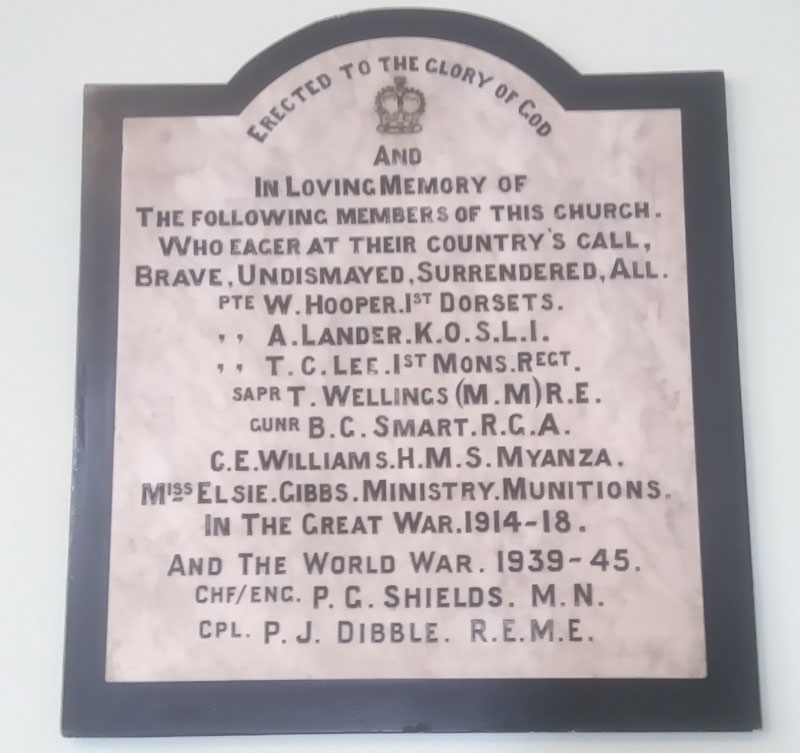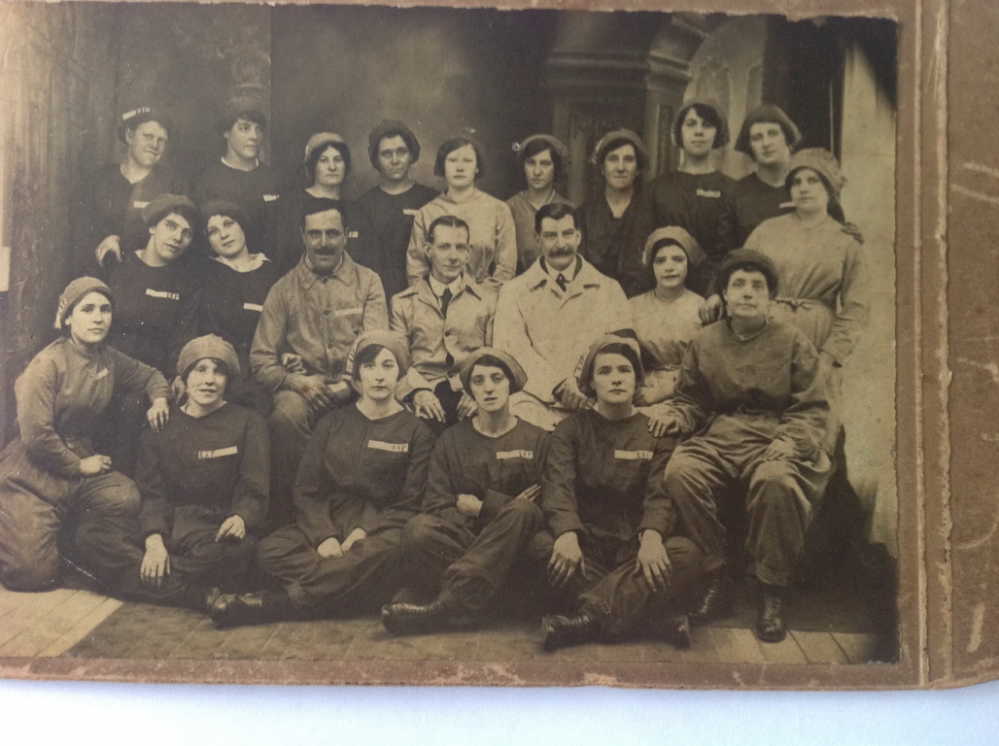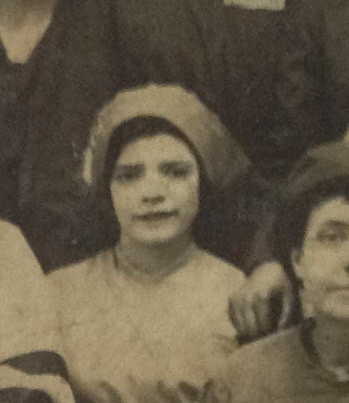

The Grangetown "Canary girl" who died in biggest civilian World War One tragedy

One of several memorial plaques to the dead of World War One in Grangetown is in the Saltmead Gospel Hall in Maitland Place. The hall is a small, modern chapel, which replaced a much larger building but the plaque is an original from the early 1920s. On it is something unusual - the name of a woman.
Miss Elsie Gibbs, Ministry Munitions is there underneath the names of five soldiers and a local sailor. Elsie's story is extraordinary because she was the victim of the largest civilian tragedy in World War One, and few people knew about it.
Elsie was one of 134 women who were killed at the Chilwell munitions factory explosion on 1 July 1918. The blast in Nottinghamshire involving eight tonnes of explosives also injured another 250.The existence of the National Shell Filling factory was a secret. The tragedy was not covered in detail in the newspapers. There was scant mention and no details of exactly where it was.

But Elsie had her own secret. When she died she was just 16, too young to be working in the factory at all. She said she was 19 years of age. So how did she end up there?
Elsie Lavinia Gibbs was born in Cardiff in December 1901, the first child of Devon-born carpenter Albert Gibbs and his wife Mary. The couple were both widowed when they married for a second time the year before. Mary had two young daughters Alice and Selina from her first marriage. Her husband John Turner had served with the Army in India, but died after being discharged aged just 32. Albert remarried only a few months after the death of his wife Eliza in 1900. The couple - who had lived in Redlaver Street in Grangetown - had lost their eldest son a few months before a second son, Alfred was born in 1895. So Albert, 35,and Mary, 32, had three young children between them when Elsie was born.

At that time, the family were living at 5 Dorset Street - and they are still there a decade later, although the children can't be traced in the 1911 Census.
What's clear is that at some point, Elsie moved away. And the grand-daughter of Elsie's half-sister Selina can shed some light on it. Albert "by all accounts was very handy with his fists and his stepdaughters and own children hated him," she says. "I'm not sure of the time scale but I don't think Elsie would have thought twice about going to Nottinghamshire.
"My mother said she just anounced she was going. Lying about her age as many did. I suppose it offered good money and you don't think about dying when you're that young."

The factory was set up in a few months and was in operation by the start of 1916. It produced many of the shells which would be used in the Battle of the Somme a few months later. It is believed 6,000 women worked at Chilwell. The hours were long and because of the chemicals they were using, workers' skin and hair changed colour, earning them the nickname "Canary girls".
It is with grim irony that exactly two years after the devastating start of the Somme battle, an explosion ripped through the factory near a Nottinghamshire village at the start of the night shift. The blast could reputedly be heard 30 miles away.
The cause has remained a mystery - the official report was never published - although there has been a suggestion of sabotage. The more likely explanation is a spark caused by falling machinery. Remarkably, the factory was back in production a few days later and by the end of the war had produced 19 million shells.
Elsie's death certificate tells us a bit more. There is the wrong age: 19. She was living at 954 Ilkeston Road in Nottingham and working as a powder mixer. "Presumed killed as a result of an explosion. Deceased known to have been in work at the time and since missing." This was dated September 10th, more than two months after the explosion, so sadly her body like all but 32 of the victims was never recovered although remains were laid to rest in a mass grave.
As well as the memorial in the chapel near what was probably an unhappy family home, Elsie is remembered on a memorial which was erected on the site of the factory in 1919. It is now part of an Army barracks.
Read more about the Chilwell explosion here.